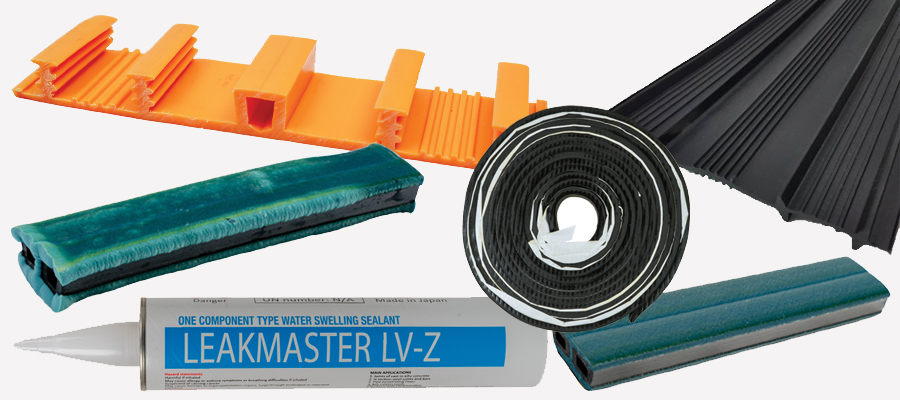What kind of waterstop do I need?

Waterstops are used to create watertight seals in concrete construction projects. Because almost all concrete buildings feature seams and joins where the poured areas meet, a waterstop needs to be included to ensure the construction or expansion joints remain impenetrable to water.
Which size waterstop do I need?
The size of waterstop you choose is generally determined by the height or width of the slab, so a 200mm thick slab would require a 200mm waterstop.
PVC waterstops come in different sizes for both expansion joints and construction joints. Expansion joint versions feature a hollow tube in the middle to allow for expansion and contraction of the joint. Construction joint waterstops have a flatter profile without the addition of this hollow tube.
What are the different types of waterstops?
A water stop is generally installed between joints in concrete creating a watertight seal. However, there are different types depending on the way the building is constructed.
PVC Waterstops
PVC waterstops are usually cast half into the first concrete pour, and half into the second. This method secures the waterstop on both sides and ensures water cannot enter by creating a physical barrier in the joint. Many waterstops can be heat welded together to create a continuous waterproof barrier.
PVC waterstops come in different profiles, known as rearguard or centre stop. Centre stop water stops are used between two slabs, whereas rearguard is used at the back of a slab, usually placed against the formwork.
Hydrotite Rubber Waterstops
Hydrotite water stops on the other hand swell on contact with water. They are secured onto the joint after the first pour, and once the second pour begins, the waterstop will begin to swell when it makes contact with the new wet concrete. Hydrotite is designed to swell to completely fill the joint and create an impenetrable barrier. These types of water stops can be made from rubber or bentonite.
In some applications, a combination of types can be used, as hydrotite and PVC waterstops can be joined together.
Polyurethane Water Swelling Sealants
Waterproofing can also be achieved on rough surfaces using a gun grade waterstop medium such as Leakmaster. This one component swellable waterstop can be applied to joints where conventional solid sealants cannot be applied easily, such as around pipes and box culverts, and on rough surfaces where hydrotite or PVC waterstops may not be able to create a good seal.
Chemical Resistant Waterstops
Additionally, TPER rubber waterstops are similar to the PVC version in that they are a flexible rubber piece that does not swell. The difference however is that Hydrostop TPER is designed for applications where a highly chemical resistant waterstop is required.
For more info call our friendly team at Jaybro.
 Sign In
Sign In 

